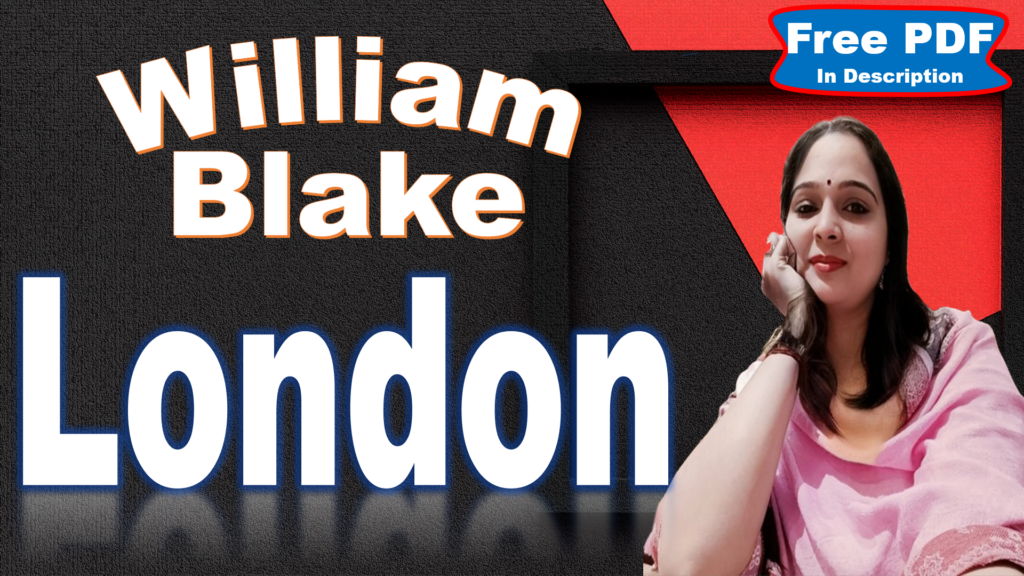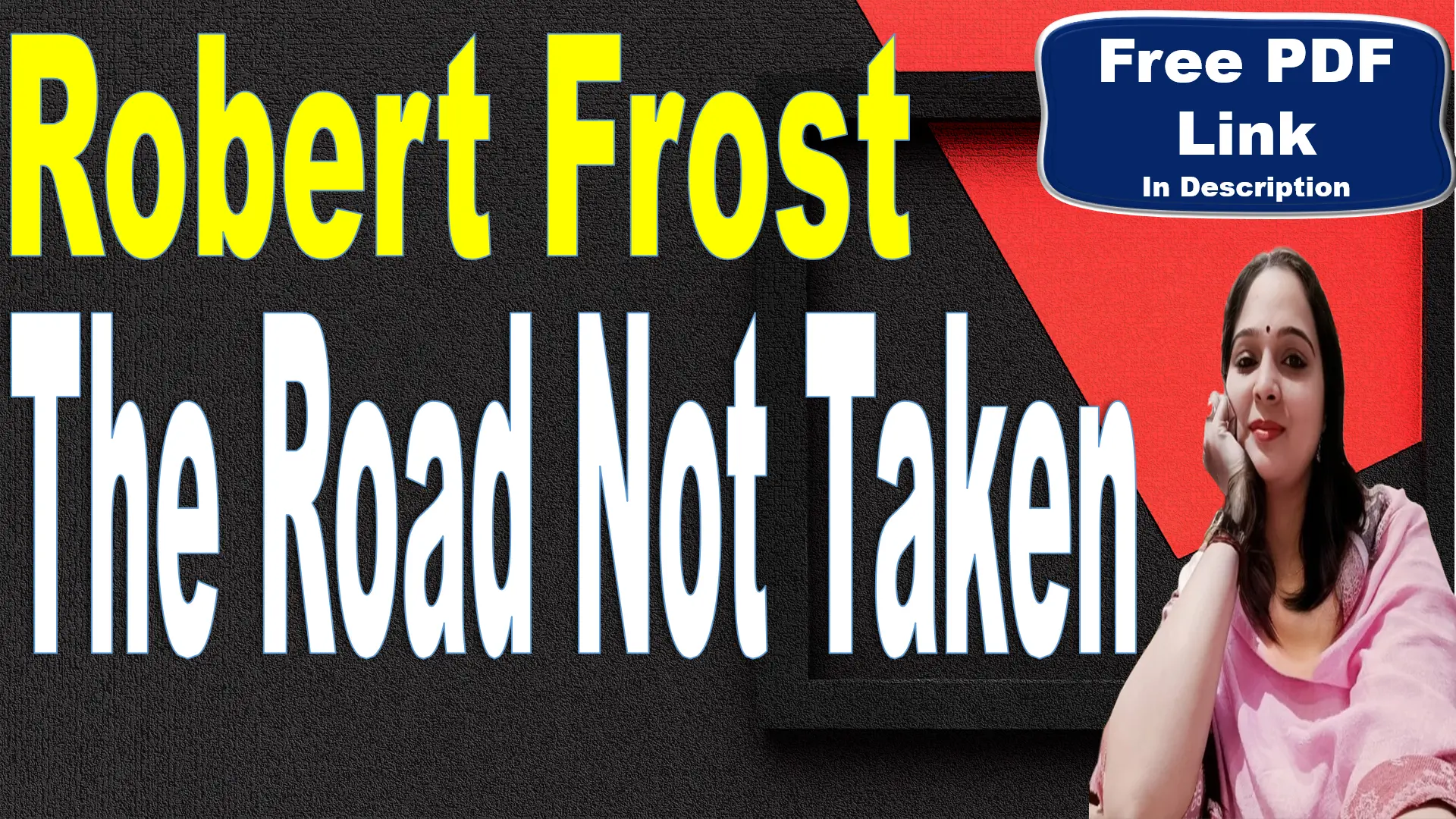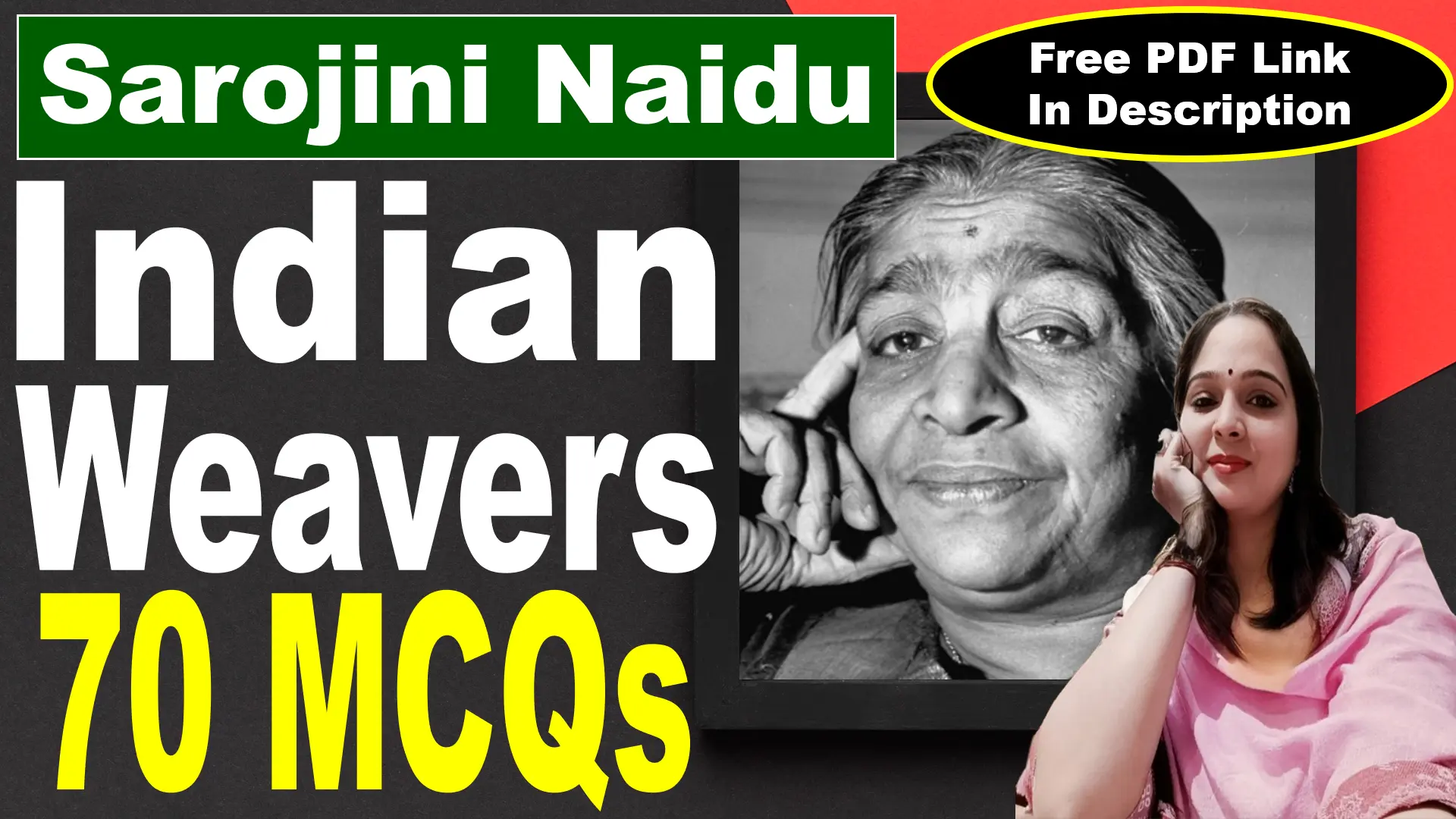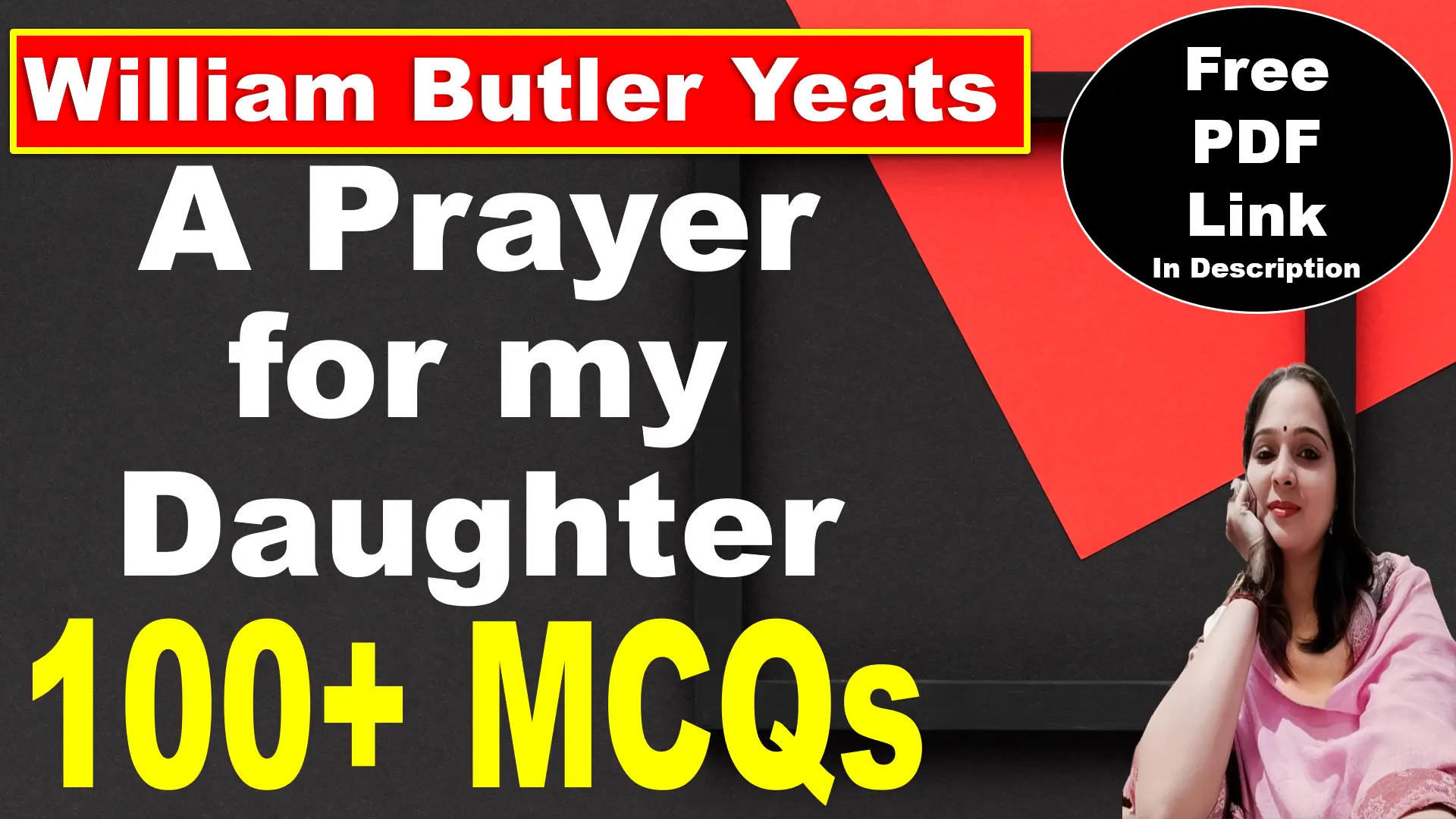
London by William Blake | London poem | William Blake | Explanation | Summary | Word Meaning | Questions Answers | Critical Appreciation | Free PDF Download – Easy Literary Lessons
London by William Blake
I wander thro’ each charter’d street,
Near where the charter’d Thames does flow.
And mark in every face I meet
Marks of weakness, marks of woe.
In every cry of every Man,
In every Infants cry of fear,
In every voice: in every ban,
The mind-forg’d manacles I hear
How the Chimney-sweepers cry
Every blackning Church appalls,
And the hapless Soldiers sigh
Runs in blood down Palace walls
But most thro’ midnight streets I hear
How the youthful Harlots curse
Blasts the new-born Infants tear
And blights with plagues the Marriage hearse
London by William Blake: YouTube Link
London by William Blake Line by Line Explanation
I wander thro’ each charter’d street,
Near where the charter’d Thames does flow.
And mark in every face I meet
Marks of weakness, marks of woe.
Explanation
The speaker walks through the streets of London, describing them as “charter’d.” This term suggests that the city’s streets are limited, regulated, or perhaps restrained by authority. The mention of the “charter’d Thames” further reinforces the idea of control over natural elements. The speaker observes faces marked with “weakness” and “woe,” indicating the suffering and despair prevalent in society.
Poetic devices
Metaphor: “charter’d street” – implies the streets are controlled and restricted, reflecting the rigid social order.
Alliteration: “Marks of weakness, marks of woe” uses the repetition of the “w” sound for emphasis.
Enjambment: The continuation of the sentence across lines creates a flowing rhythm.
In every cry of every Man,
In every Infants cry of fear,
In every voice: in every ban,
The mind-forg’d manacles I hear
Explanation
The speaker hears suffering in every sound – cries of men, infants, and even the “ban” (public announcement). These sounds, he claims, reveal the presence of “mind-forg’d manacles,” symbolizing the psychological and societal forces that oppress and limit individuals.
Poetic Device
Metaphor: “Mind-forg’d manacles” represents mental constraints.
Anaphora: “In every” emphasizes the pervasiveness of suffering, creating a sense of overwhelming sorrow.
Enjambment
How the Chimney-sweepers cry
Every blackning Church appalls,
And the hapless Soldiers sigh
Runs in blood down Palace walls
Explanation
The speaker connects the suffering to specific social ills. The cries of chimney sweeps, who endure harsh working conditions, symbolize the exploitation of the poor. The sight of “blackening Church” suggests religious hypocrisy, failing to offer solace or alleviate suffering. The sighing “Soldiers,” forced to fight in wars, represent another layer of societal injustice.
Poetic Device
Personification: “Church appalls” – attributes human emotions to the building, suggesting its failings.
But most thro’ midnight streets I hear
How the youthful Harlots curse
Blasts the new-born Infants tear
And blights with plagues the Marriage hearse
Explanation
The speaker focuses on the plight of young women forced into prostitution, highlighting the moral decay and societal ills plaguing the city. The “blighted” marriage hearse suggests the destruction of family and love due to poverty and exploitation.
Poetic Device
Metaphor: “blights with plagues” – compares societal ills to a disease, suggesting their destructive and corrupting nature.





